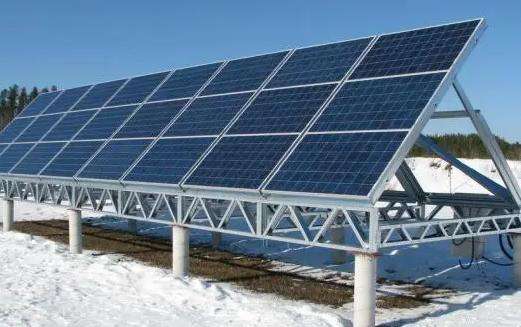Legal analysis: Strong state support is the driving force for the rapid development of photovoltaic power generation in rural areas. Photovoltaic energy production is a method of using clean energy strongly supported by the state. It is included in the 13th Five-Year Plan, and photovoltaic-related projects are also listed among the top 100 key projects in the 13th Five-Year Plan. The state provides a subsidy of 0.42 yuan for distributed photovoltaic power generation. This means that for every kilowatt hour of electricity produced by photovoltaic power generation, users can receive a subsidy of 0.42 yuan from the state. This grant lasts for 20 years. In addition, many regions also benefit from provincial subsidies, and municipal subsidies will significantly shorten the investment cycle.
Legal basis: “Opinion of the National Development CommissionOpposition and reform on the grid price reference policy for solar thermal energy production”
Article 3 encourages relevant local services to adopt tax exemptions. , reductions and exemptions for solar thermal energy production companies. Financial subsidies, green credits, land concessions and other measures have been taken simultaneously to promote the development of the solar thermal power generation industry.
Article 4 After 2019, the State will timely improve the pricing policy of solar thermal power generation according to the development status of the solar power generation industry thermal and the reduction of electricity production costs, and will gradually reduce the price. level of new solar thermal energy production.
State subsidies for solar energy production sur roofs
1. Electricity price subsidy: The national subsidy policy for distributed photovoltaic power generation is 0.42 yuan/kilowatt, and the implementation period is 0.42 yuan/kilowatt. is in principle 20 years. The state will gradually reduce electricity prices and subsidy standards in line with changes in the scale and cost of photovoltaic power generation. Each province and city has formulated different subsidy standards based on policies. Basically it is national subsidy + provincial subsidy + municipal subsidy + county subsidy = final grid PV electricity price (specifically based on the actual local situation)
< p>2, Simplification of various procedures, meaning that the installation of domestic solar power generation systems now exempts supporting documents such as licensecommercial power generation, planning site selection, land screening, soil and water conservation, environmental impact assessment, energy conservation. social risk assessment and assessment. Governments at the prefecture or county level should combine local realities to establish the registration of distributed photovoltaic power generation projects, acceptance of completion, etc. which are integrated into the application for network access, the commissioning and acceptance of the connected network, the payment of electricity costs and the issuance of subsidies, etc. ., to simplify the processing process. In addition, Hunan Ruiri Photovoltaic offers you a one-stop service process, including project consultation, preliminary planning, solution selection, feasibility study, engineering design, equipment purchasing, management of project, the ininstallation and construction, commissioning and maintenance of the system, etc. . It also provides project network connection application services to customers.See below for subsidies:
National subsidy policy for solar energy production: according to the "Interim measures for the management of distributed photovoltaic power generation projects" issued by the National Energy Administration, the national distribution The standard subsidy policy is that the subsidy standard of distributed electricity price is 0.42 yuan per kilowatt hour ( taxes included). Photovoltaic power generation projects will implement grid electricity reference prices or electricity price subsidy standards. from their commissioning, and this period is in principle 20 years.














